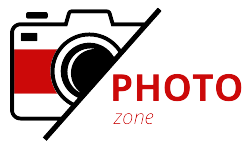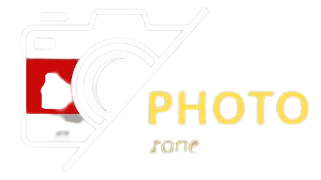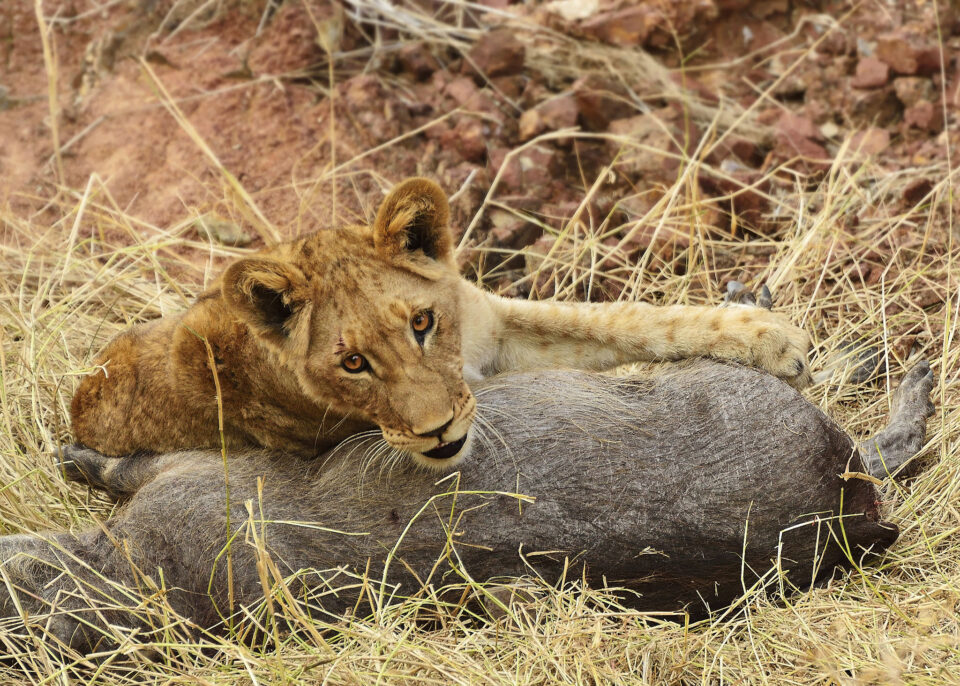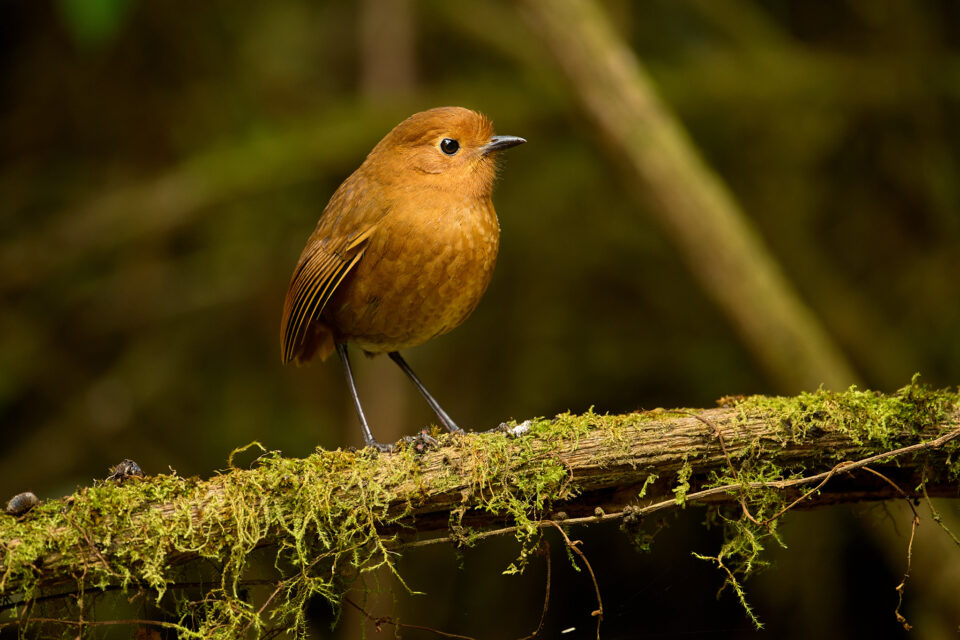After reading the recent guest post on Wildlife Photography on a Budget, I felt a strong connection. It reminded me that you don’t need the latest and most expensive gear to enjoy capturing wildlife. However, that doesn’t stop us from dreaming and thinking, “if only”… especially when we sit in front of the computer and examine the results from our latest expedition. We yearn for better sharpness, contrast, bokeh, and reach. The satisfaction of a good photo is often accompanied by a hint of regret, wishing for that “if only” moment—a second chance with improved equipment, refined technique, different settings, more time, and patience. Amateur wildlife photography can be unforgiving, and opportunities for a do-over are not always available, especially for those of us living in big cities like myself.
In the early nineties, as my children arrived one after another, I set aside my Minolta 700si film SLR and A-mount lenses. Time and financial constraints made it difficult to pursue my passion for film photography. Instead, I turned to digital compacts for capturing moments with the kids, as they were convenient and easy to use. This coincided with the emergence of DSLRs, and when the new Sony Alpha 100 was introduced, I saw it as an affordable entry into the digital world. It allowed me to continue using my beloved Minolta lenses.
This Atlantic Eagle above was shot in jpg format using an Alpha 100 and an early 1990’s Minolta APO 100-300mm f/4.5-5.6. The image was taken on an excursion to the polar circle of Norway in 2011 and it evokes an “if only” inside my … I wish I had an improved lens, or and if I had a an improved fps capacity. The blow-out highlights could be more easily controlled if I’d taken the photo in RAW. The Alpha could shoot at 3 frames per second but not ideal for BIF which is why I went with one shot and pan to capture the highlights. Imagine a faster camera, a better sensor, much quicker AF and a more powerful lens – this could’ve been an amazing picture … but for. But, I’m satisfied with this shot. timing was excellent and it brought me to an excitement level as I first saw it when I viewed it on my PC. It needed a bit of TLC in post-production to enhance the quality of the shot.

The Eagle shot inspired me to save up for an upgrade. Nikon was, in my opinion, the most popular DSLR maker back in the day and I chose an D7000 and the 70-300mm AF-S f/4.5-5.6G VR. The combo was first used on a safari within Africa in 2012, an amazing trip that gave me the chance to experience the natural world at its wildest and best. It was truly unforgettable. However, there are some “if it were only” regrets … especially since you’re sure you’ll never again have the chance to experience a trip as memorable as this.

Reaching for better gear was the most important “if only”. 300mm isn’t enough especially for smaller and sensitive species and birds. For example, the Kingfisher within the Okavango Delta required a fair bit of cropping.

The Impalas also highlighted the limitations of this lens to the maximum of sharpness and blur. The snarling Hippo was captured in low light, and here the combination of techniques (I moved to capture what was happening) and raising the shutter speed makes the image less than a pin point. I could have increased my ISO up to 800 … “If you only” …

The “lions eating ribs” was my favorite of a handful of shots in which I fought for hours to find the right angle to capture a great image of the carcass as well as the hungry carnivores. If only I could have a better angle or time to shoot to get the right angle – that’s what makes wildlife photography so thrilling and challenging in the same moment. It’s not uncommon to be close but not quite there to take a fantastic photograph. It’s not easy to get the subject to change its position or move slightly towards the left. As a novice you won’t have the possibility to go back to try it again or take a deeper look You’ve got those few hours or days, and that’s all you have.

I have upgraded my DSLRs and been able to get the D7200 by using the D600 (that is a different story of dust and accidents). I gave away my 70-300mm lens and got one of the Nikon 70-200mm F/4G VR instead. This lens clearly isn’t as wide, but it’s a sharper and faster lens. I’ve really enjoyed because it is a versatile and light lens that is great for traveling and excellent in sports photography.

It is a wildlife lens, but it’s not the best choice for wildlife and often requires a 1.4x converter However, even so its performance is better than the 70-300mm lens in many ways. Cropping is an essential tool, just like this Blue Tit I sat patiently watching it appear in my backyard in the cherry bloom. I’m not able to justify purchasing a larger telescope. It’s always a weight and cost trade-off, therefore the reach issue remains for me … but only. However, there might be an answer, as Nikon has announced some exciting options recently, including Nikon’s Nikon 300mm f/4E PFVR (see Nasim’s thorough analysis).

Through a few friends of friends, I might be able to go to Zambia in the coming year. This has already gotten me excited. It seems impossible to carry a lens with a an aperture of more than 200mm. It would be unwise to travel to this stunning region of the world with its abundant wildlife without a telephoto that is long. There are many options to choose from “exotics” are not in the picture on cost and weight reasons (the trip is expensive enough!) however, I was able to keep my eyes at the mentioned 300mm f/4E PF VR, or the brand new 200 to 500mm f/5.6 VR. It’s currently at the most wanted list, since it’s lightweight and appears to work well with Tele converters. What would happen if Nikon came out with a brand new 400mm f/5.6 VR PF lens in the coming year? That could be perfect? In any event, I’ve begun to save … in the hope of I’m hoping I’ll be able to save more;-)

No matter what kit I am able to afford regardless of the equipment I can afford, I will continue to appreciate wildlife photography The adventure, the challenge and the process of learning that improves every time I go out – aided by a better gear and an improved understanding of how to maximise the performance of the gear.
The rewards of persistence, planning, and patience can be so satisfying. It is in many aspects, it’s the process that’s satisfying – the experience of the wilderness, travel, and nature experiences, as well as the photographic lessons – that’s the main thing. The only thing that will never go away is an “if it were only” even with a lot of post-processing options and improved tools. It’s fine! This is, in a way, what the whole thing is about!














Leave a Reply